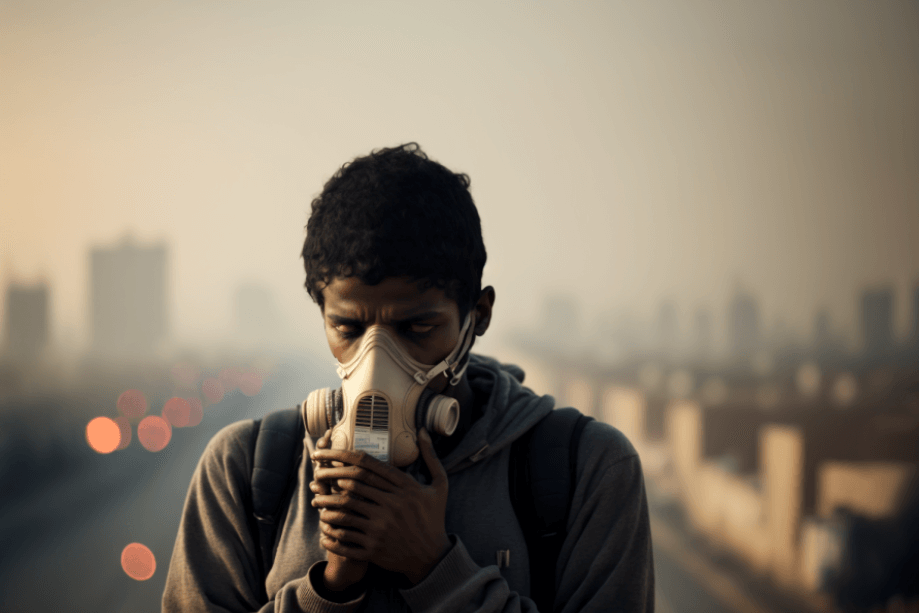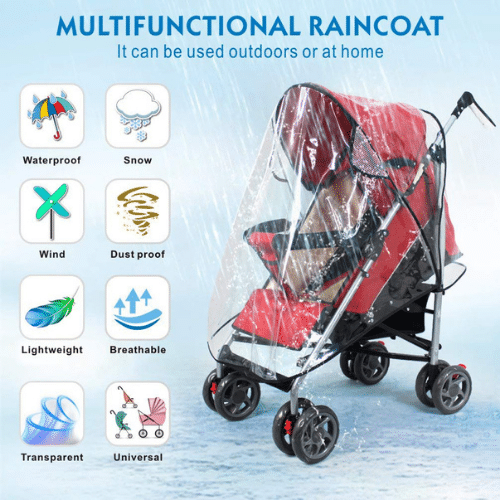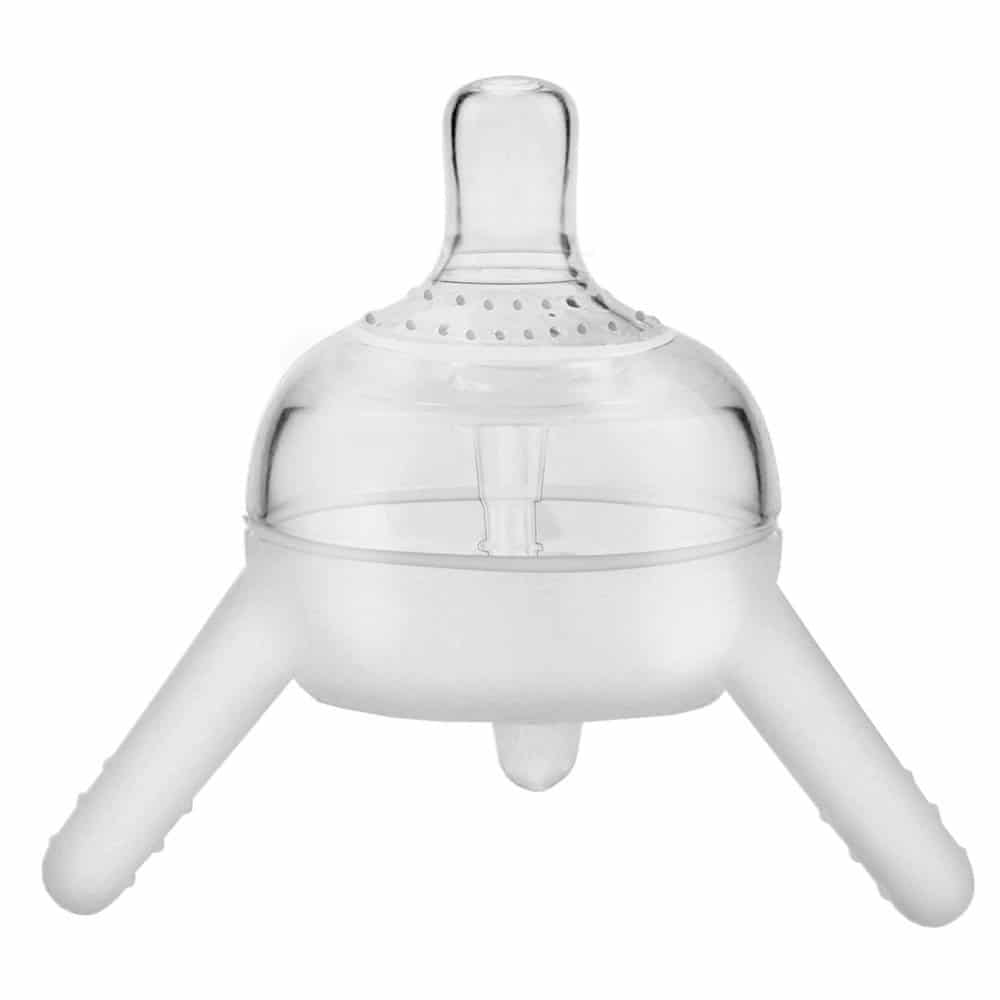
Good Air, Good Mood: How Improving Air Quality Can Boost Employee Well-being and Productivity
The air we breathe plays a crucial role in our overall well-being, and this is especially true in the workplace. As employees….

Air pollution is a major public health concern that affects individuals of all ages, but it poses a particularly significant threat to students with respiratory illness such as asthma. Asthma is a chronic lung disease that affects the airways, making it difficult to breathe. It is one of the leading causes of school absenteeism, and students with asthma often have difficulty keeping up with their schoolwork.
Air pollution is caused by a variety of sources, including power plants, transportation, and industrial activity. The emissions from these sources can contain harmful particles and gases, such as carbon monoxide, sulfur dioxide, and nitrogen oxides. When these pollutants are inhaled, they can cause a wide range of health problems, including respiratory infections, asthma, and heart disease.
Studies have shown that exposure to polluted air can increase the risk of asthma and can make asthma symptoms worse. Children and teenagers are particularly susceptible to these health problems, as their lungs are still developing. Students with asthma who are exposed to polluted air may experience more frequent asthma attacks, which can result in missed school days and difficulty keeping up with their schoolwork.
The effects of air pollution on respiratory health can be particularly severe for students who live in urban areas or near major sources of pollution. Urban areas tend to have higher levels of air pollution due to traffic, industrial activity, and other sources. Students who live near highways, airports, or industrial plants may be at an increased risk of developing asthma and other respiratory problems.
Air pollution not only affects the respiratory health of students but also contributes to climate change and the degradation of the natural environment. The pollutants that are released into the air can have a detrimental effect on plant and animal life, as well as on the air, water, and soil. The effects of climate change, such as the increase in extreme weather events, also pose a threat to the health and well-being of students with respiratory illness.

Can students with asthma do to protect themselves from the effects of air pollution? Here are a few steps that can be taken:
Be aware of air quality: Stay informed about the air quality in your area and take steps to avoid exposure to polluted air when the air quality is poor.
Use air purifiers: Consider using air purifiers in your home and at school to remove pollutants from the air.
Create an Asthma Action Plan: Work with your healthcare provider to create an Asthma Action Plan that outlines what steps you should take to manage your asthma symptoms.
Follow your Asthma Action Plan: Be sure to follow your Asthma Action Plan when the air quality is poor, and take extra precautions to protect yourself from polluted air.
Encourage school administrators to evaluate and improve indoor air quality in the school buildings. Suggesting plants, proper ventilation, and air purifiers can help.
Encourage the use of electric vehicles and carpooling among students and staff members.
Speak up about air quality issues in your community and encouraging local authorities to take action to reduce pollution.
Support organizations and movements that advocate for clean air, like the American Lung Association or the Sierra Club.
By taking these steps, students with asthma can protect themselves from the effects of air pollution and reduce their risk of asthma attacks. Remember, it’s important to work with your healthcare provider to create an Asthma Action Plan and to follow it when the air quality is poor. By taking action to improve the air quality in their community, students with asthma can also help to create a healthier and safer environment for all.
It’s important to note that, as a student with asthma, you have the right to a safe and healthy learning environment. Many schools have policies in place to protect students with asthma from exposure to pollutants and other triggers. Be sure to familiarize yourself with your school’s policies and work with school administrators to ensure that they are being implemented effectively.
In conclusion, air pollution poses a significant threat to the health and well-being of students with asthma. By understanding the effects of air pollution on respiratory health, and taking steps to protect yourself from polluted air, students with asthma can reduce their risk of asthma attacks and improve their overall health and well-being. Additionally, by encouraging school administrators, local authorities and communities to take action to reduce air pollution, students with asthma can help to create a healthier and safer environment for all.

The air we breathe plays a crucial role in our overall well-being, and this is especially true in the workplace. As employees….

Air pollution is an invisible threat that affects the health and well-being of individuals all over the world, and students are….

Indoor air quality (IAQ) is a critical factor that affects the health and well-being of students and teachers alike. However, many schools…

Air quality is an important issue that affects the health and well-being of individuals all over the world. As a student, it is important to understand the effects of air …


































